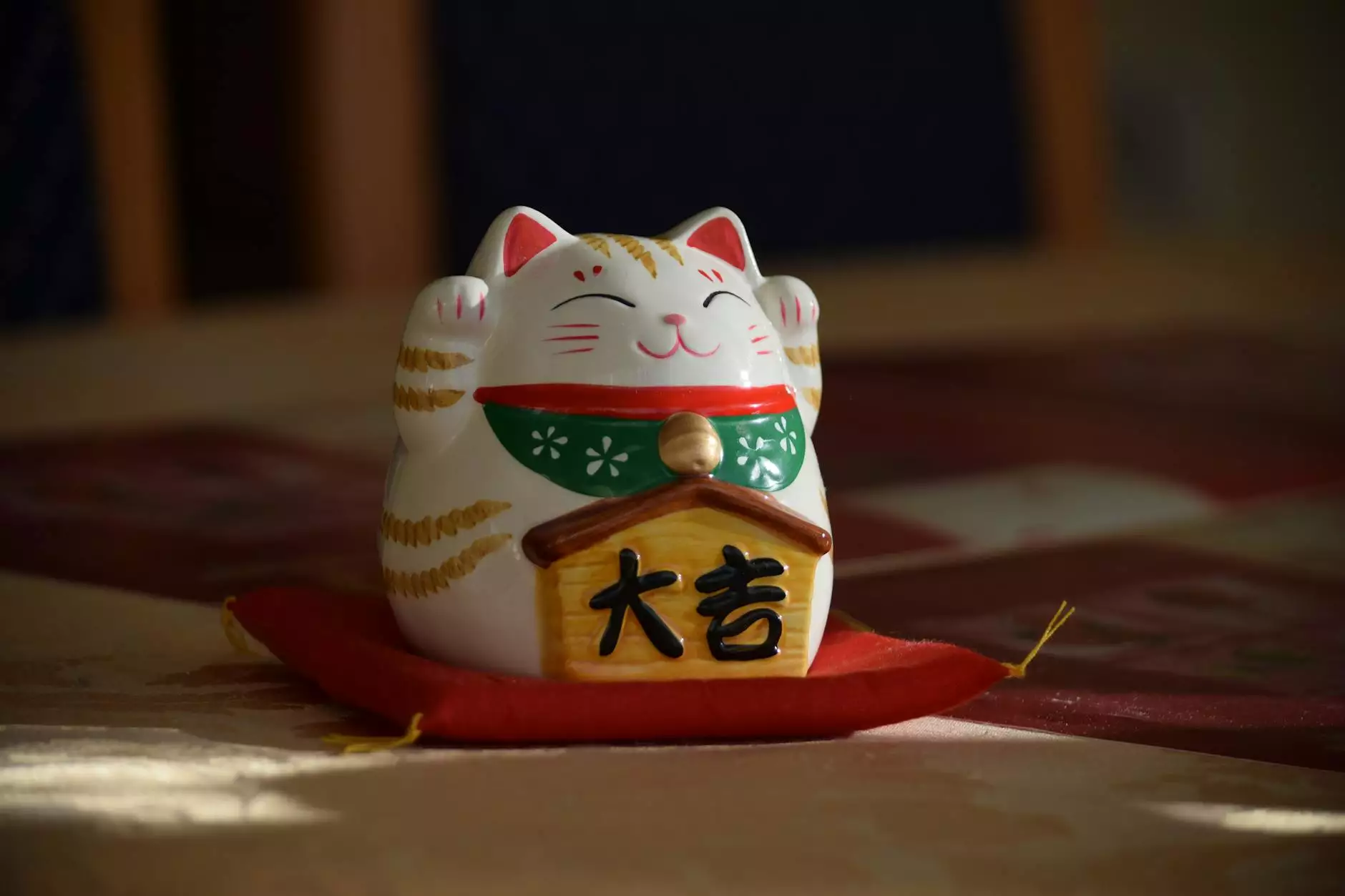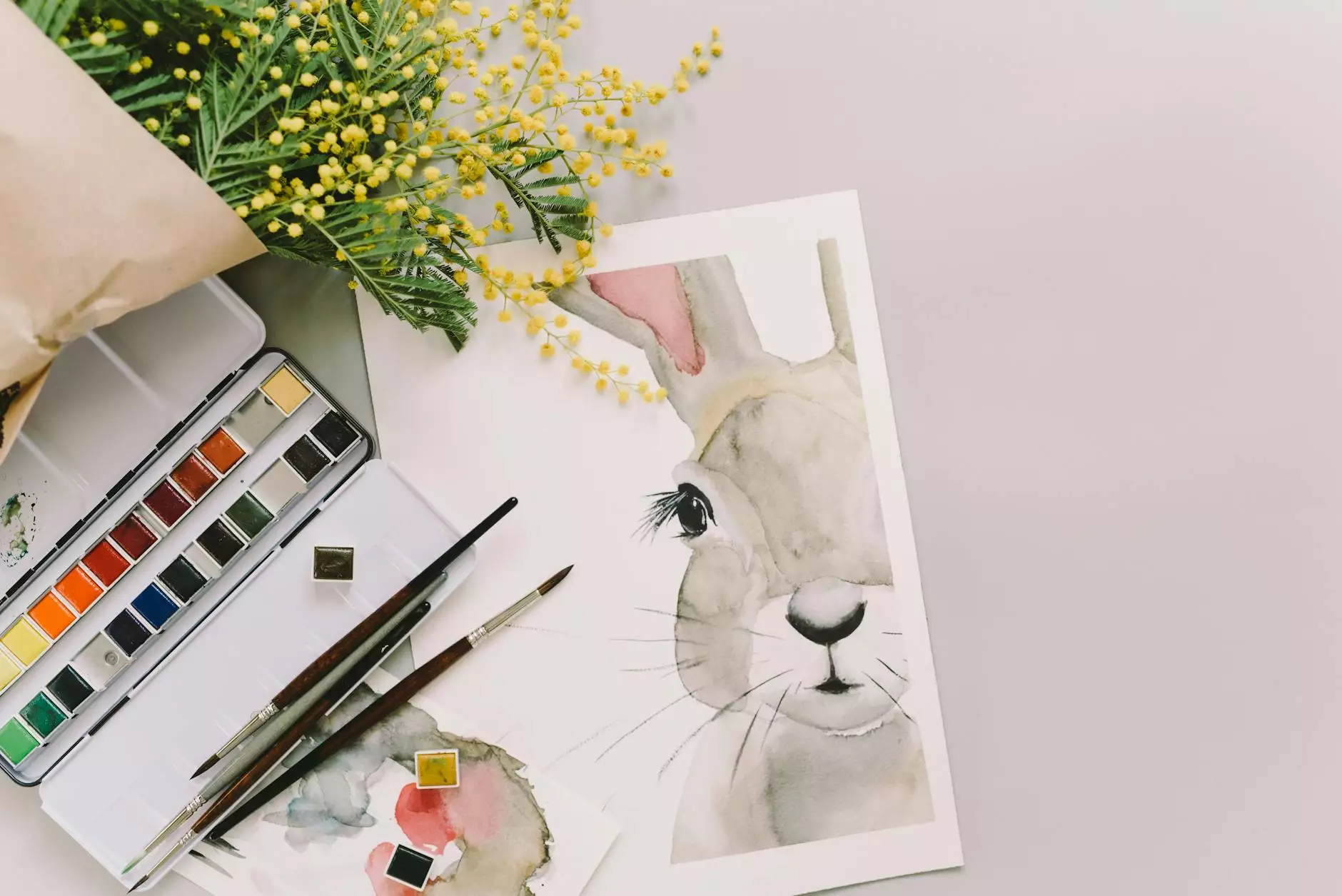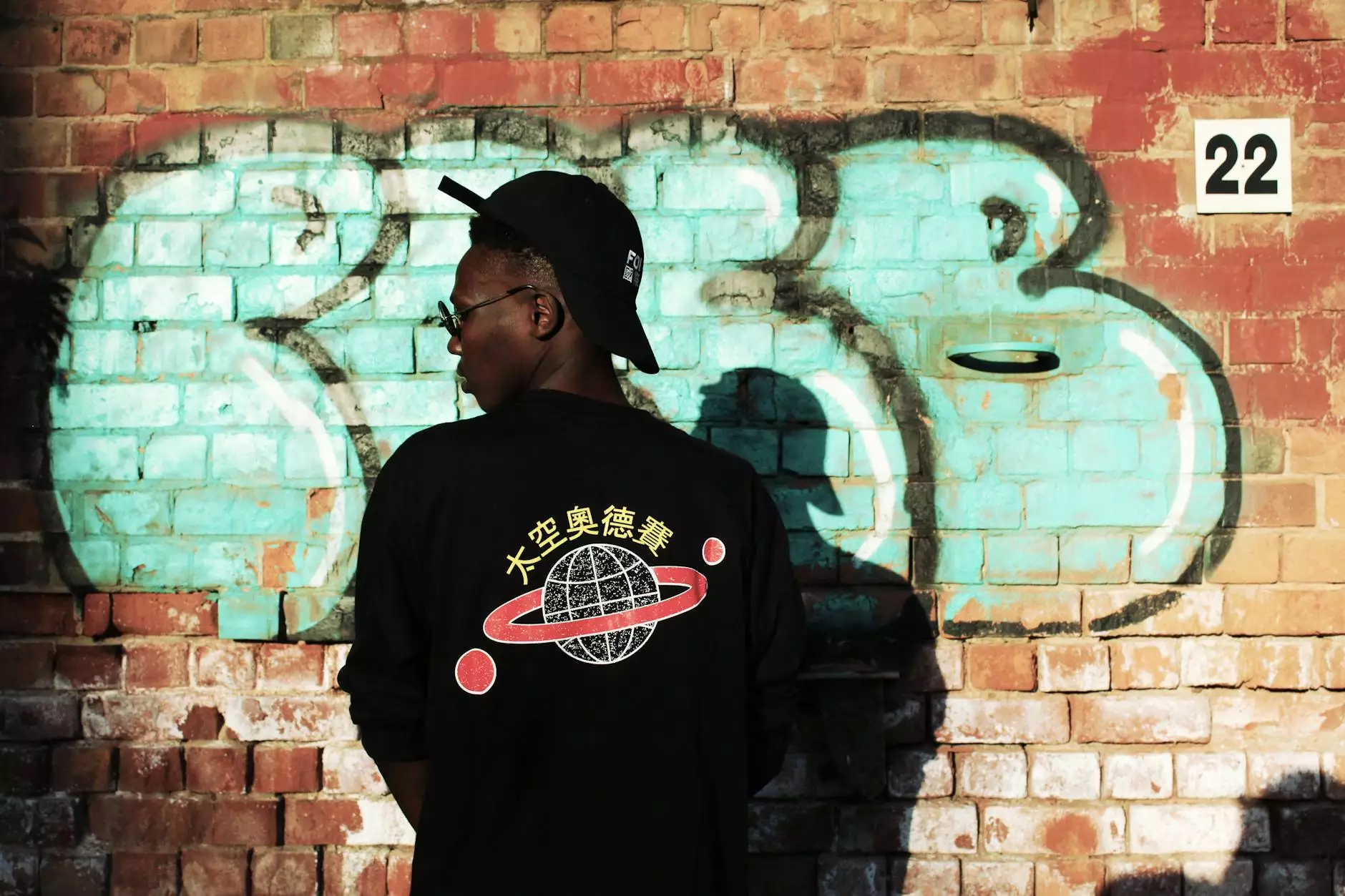Maneki Neko: Japan's Beckoning Cat

The History and Origins of Maneki Neko
Maneki Neko, also known as the beckoning cat or lucky cat, is a popular talisman in Japanese culture. Its origins can be traced back to the Edo period, where it first gained prominence in the various Tokugawa shogunate households. The cat, often depicted with one paw raised in a beckoning gesture, quickly became a symbol of good luck and fortune.
The Symbolism and Meaning of Maneki Neko
Maneki Neko's raised paw is believed to attract positive energy and good fortune, making it a common sight in Japanese homes, shops, and businesses. The meaning behind the different colors and accessories seen on Maneki Neko varies:
1. Calico Maneki Neko
The calico (tri-color) Maneki Neko is considered to bring general good luck and fortune to its owner. The combination of white, black, and orange represents purity, protection against evil spirits, and financial prosperity.
2. Gold Maneki Neko
The gold Maneki Neko is associated with wealth and prosperity. It is believed to attract enormous financial success, making it a popular choice for businesses and individuals seeking financial abundance.
3. Black Maneki Neko
The black Maneki Neko is believed to ward off evil spirits and protect against illness and misfortune. It is often associated with personal safety and the well-being of loved ones.
The Cultural Significance of Maneki Neko
Maneki Neko has a deep cultural significance in Japan and is considered an important symbol in various aspects of daily life:
1. Business and Commerce
Many businesses in Japan display Maneki Neko near their entrances to beckon customers and invite good fortune. The gesture of the raised paw is seen as a welcoming gesture to attract customers and bring success to the establishment.
2. Personal Use and Gift-Giving
Maneki Neko is often given as a gift to wish someone success, wealth, and good luck in their endeavors. It is a thoughtful present for special occasions such as weddings, birthdays, and business openings.
3. Superstitions and Beliefs
Many Japanese people believe that placing Maneki Neko in specific locations, such as near the entrance or facing the main door, can bring good fortune into their homes. It is also believed to protect against evil spirits and negative energies.
Explore the Maneki Neko Gallery at La Historia Society
La Historia Society proudly presents the "Maneki Neko: Japan's Beckoning Cat" exhibition in our Community and Society category. Our gallery showcases a remarkable collection of Maneki Neko statues, each with its own unique design and symbolism.
Step into the world of Maneki Neko as we delve into the extensive history, meaning, and cultural significance of this beloved Japanese talisman. Our exhibition highlights the different variations, colors, and accessories of Maneki Neko, allowing visitors to truly appreciate the intricate craftsmanship and attention to detail.
Whether you are a long-time enthusiast or new to the world of Maneki Neko, our exhibition provides a comprehensive and enlightening experience for all. Gain a deeper understanding of the Japanese culture and its belief in the power of symbolism and good luck charms.
Visit the "Maneki Neko: Japan's Beckoning Cat" Exhibition Today!
Don't miss the opportunity to explore the captivating world of Maneki Neko at La Historia Society. Immerse yourself in this unique cultural experience and discover the magic behind Japan's beckoning cat. Plan your visit today and be prepared to be fascinated by the beauty and significance of Maneki Neko!









